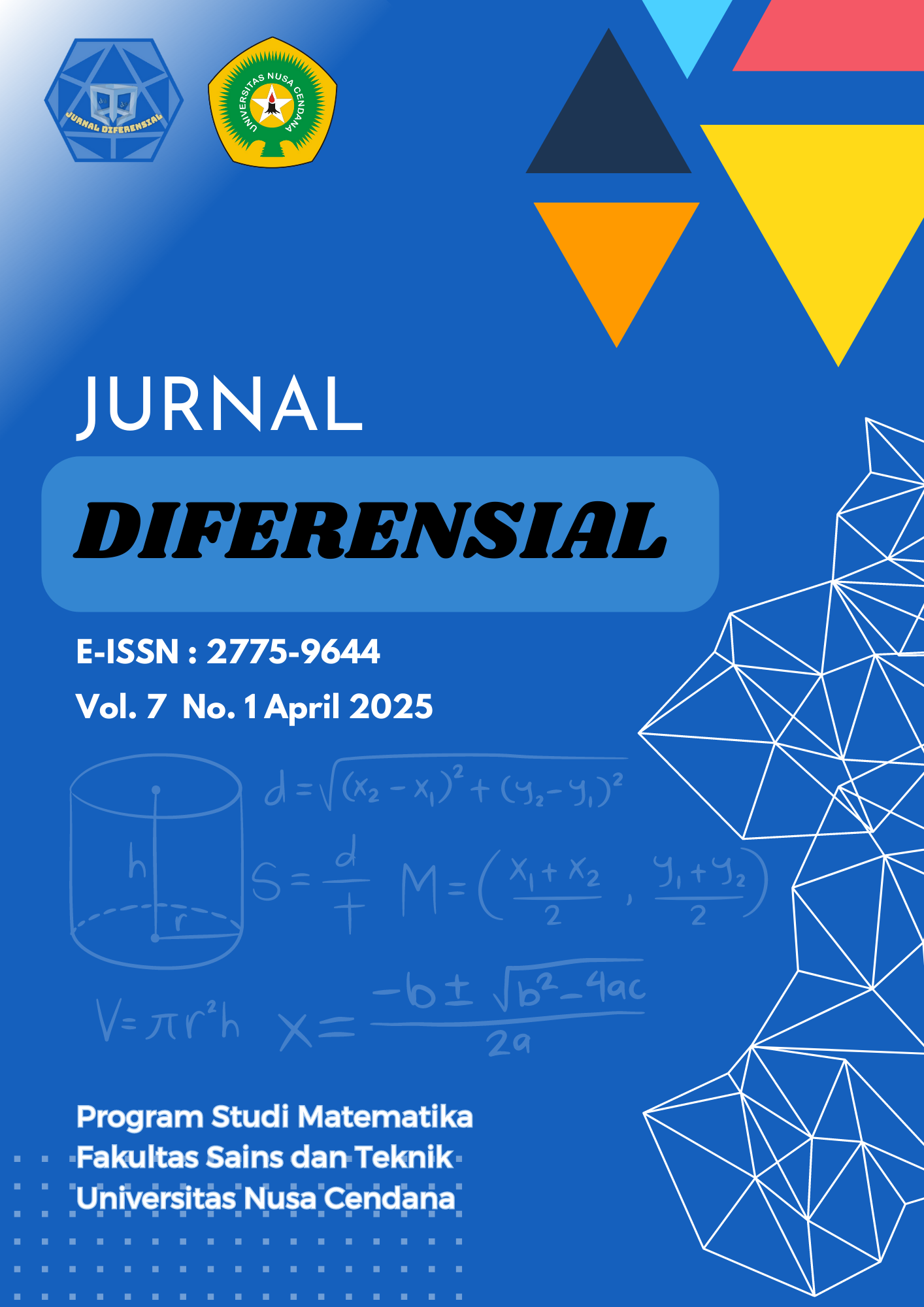Mathematical Dynamics of the (SVEITR) Model, the Impact of Treatment and Vaccination on Cholera Spread
Abstract
This study presents a mathematical analysis of the SVEITR model, which incorporates susceptible, vaccinated, exposed, infected, treatment, and recovered populations to evaluate the dynamics of cholera spread. By integrating treatment and vaccination rates into the model, we aim to understand their impact on disease transmission and immunity. Our findings reveal that combining rapid treatment and vaccination significantly reduces the spread of cholera, highlighting the importance of these interventions in public health strategies. The model demonstrates that timely and widespread implementation of vaccination and treatment can effectively control outbreaks and mitigate the disease's impact. Through a numerical simulation of Laplace decomposition method the result reveal that treatment rate reduces the emanation of the disease and vaccination plays a vital role in curbing aftermath effect of wide-spread of the disease. Hence, the need for robust healthcare policies that prioritize these measures to achieve substantial progress in managing and eventually eradicating cholera, particularly in vulnerable regions. The SVEITR model provides a valuable framework for policymakers and healthcare professionals to devise efficient strategies for cholera control, contributing to improved public health outcomes.
Downloads
Copyright (c) 2025 kazeem Abidoye ODEYEMI

This work is licensed under a Creative Commons Attribution-ShareAlike 4.0 International License.
 This work is licensed under a Creative Commons Attribution-ShareAlike 4.0 International License.
This work is licensed under a Creative Commons Attribution-ShareAlike 4.0 International License.
Copyright is retained by the authors, and articles can be freely used and distributed by others.

 kazeem Abidoye ODEYEMI(1*)
kazeem Abidoye ODEYEMI(1*)

.png)











